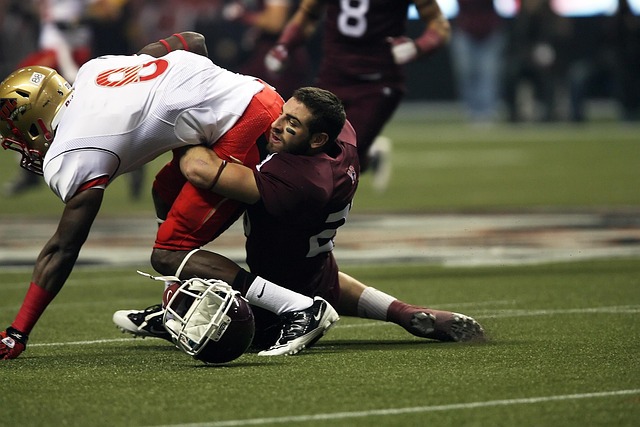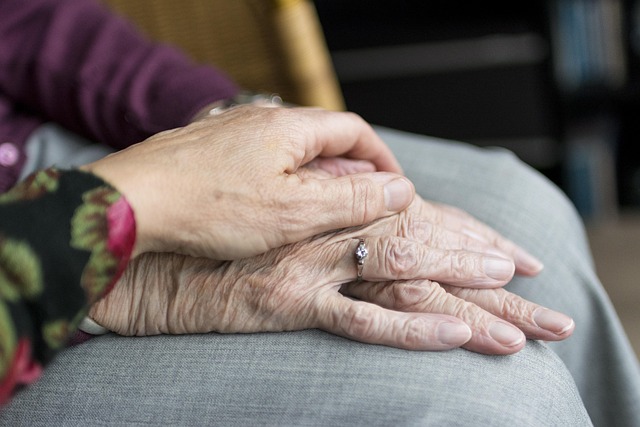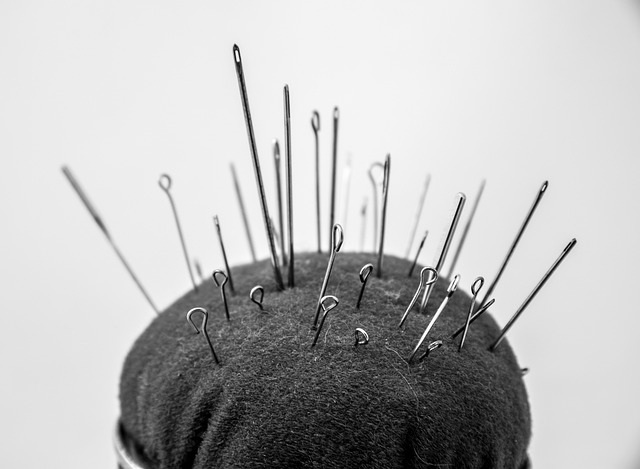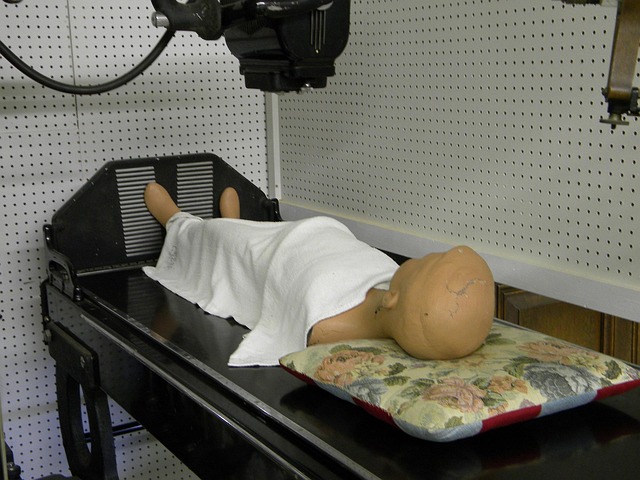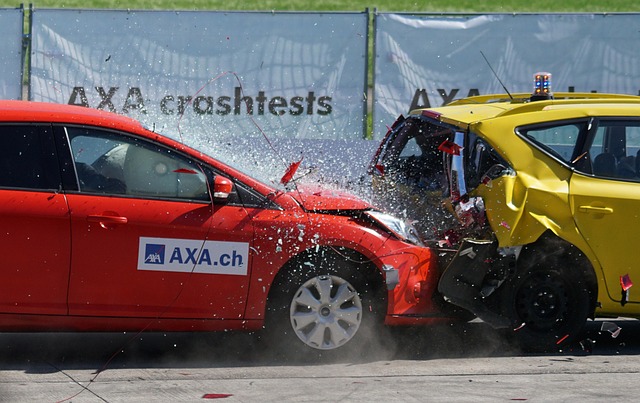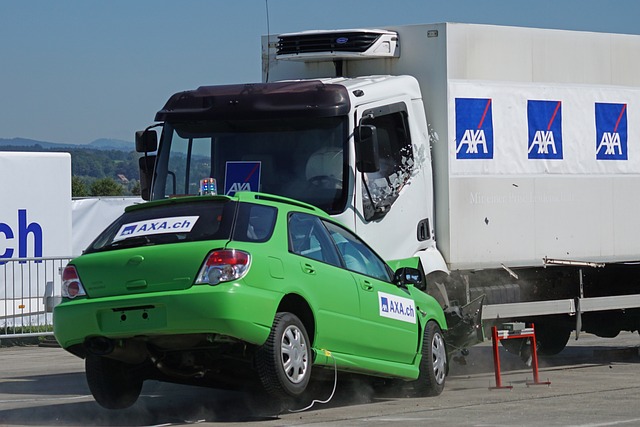Chiropractic recovery for rear-end collision victims offers a non-invasive treatment using manual adjustments and exercises to alleviate whiplash and soft tissue injuries. This holistic approach restores mobility, reduces pain, and promotes natural healing, enabling patients to return to active lifestyles without residual discomfort. By preventing chronic pain and future injuries, chiropractic professionals empower survivors through tailored care and education.
After a rear-end collision, understanding and addressing soft tissue damage is crucial for chiropractic recovery among victims. This article delves into the intricacies of healing such injuries, focusing on chiropractic care as a non-invasive approach. We explore rehabilitation techniques aimed at preventing future injuries, offering guidance for optimal recovery. By understanding the implications of soft tissue damage, rear-end collision victims can access effective treatments, ensuring a faster and safer path to healing with minimal intervention.
- Understanding Soft Tissue Damage After Rear-End Collisions
- Chiropractic Care: A Non-Invasive Healing Approach
- Rehabilitation and Preventing Future Injuries for Victims
Understanding Soft Tissue Damage After Rear-End Collisions

Soft tissue damage is a common outcome of rear-end collisions, affecting muscles, tendons, and ligaments. Often referred to as whiplash, this injury can result in significant discomfort and limited mobility for victims. The force exerted during such accidents can cause these soft tissues to stretch, tear, or become inflamed, leading to a range of symptoms like neck pain, headaches, and shoulder stiffness.
Chiropractic care plays a vital role in the recovery process for rear-end collision victims. Chiropractic practitioners use various techniques, including manual adjustments and targeted exercises, to help alleviate pain and restore proper alignment. This holistic approach not only addresses the physical symptoms but also focuses on improving overall function and range of motion, ensuring that victims make a full recovery and can return to their regular activities without residual discomfort.
Chiropractic Care: A Non-Invasive Healing Approach
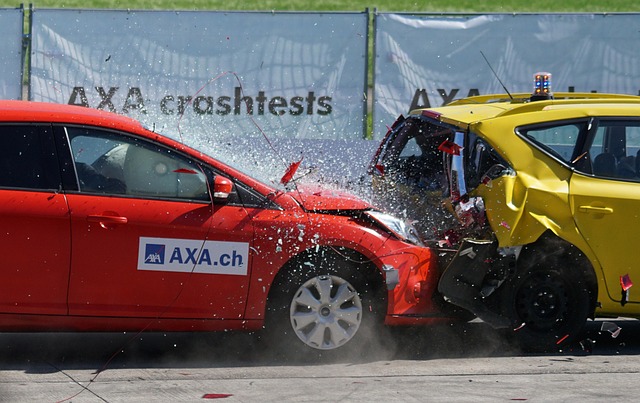
Chiropractic care offers a non-invasive approach to healing soft tissue damage often sustained in rear-end collisions. Chiropractors focus on adjusting and mobilizing the spine, as well as other joints, to reduce pain and improve mobility. This gentle manipulation helps alleviate pressure on nerves and promotes natural healing processes within the body.
For rear-end collision victims, chiropractic recovery can be highly effective in addressing whiplash and other soft tissue injuries. By restoring proper alignment and movement to affected areas, chiropractors help reduce inflammation, improve circulation, and support the body’s inherent ability to heal itself. This holistic treatment method not only provides relief from acute symptoms but also promotes long-term structural integrity and improved overall health for individuals recovering from automotive accidents.
Rehabilitation and Preventing Future Injuries for Victims

Rehabilitation plays a crucial role in the long-term health and well-being of rear-end collision victims. Following a car accident, it’s essential to seek professional care that addresses soft tissue damage. Chiropractic recovery for rear-end collision victims often involves a comprehensive approach, focusing not only on pain relief but also on restoring mobility and strengthening affected muscles. This process typically includes manual adjustments, targeted exercises, and patient education to prevent future injuries.
Preventing reoccurrence is key to ensuring victims can return to their active lifestyles. Chiropractic professionals may recommend specific stretching routines, ergonomic adjustments, and mindfulness practices tailored to the individual’s needs. By integrating these strategies into daily life, rear-end collision survivors can significantly reduce the risk of chronic pain and subsequent injuries, fostering a more robust and resilient body.
After a rear-end collision, understanding and addressing soft tissue damage is crucial for a successful healing process. Chiropractic care offers a non-invasive approach, focusing on spinal manipulation and rehabilitation exercises, to alleviate pain and restore function. By combining these treatments with proper rehabilitation and preventive measures, rear-end collision victims can achieve optimal recovery and reduce the risk of future injuries. For those seeking a holistic and effective chiropractic recovery for rear-end collision victims, this comprehensive guide provides valuable insights into navigating the healing journey.

